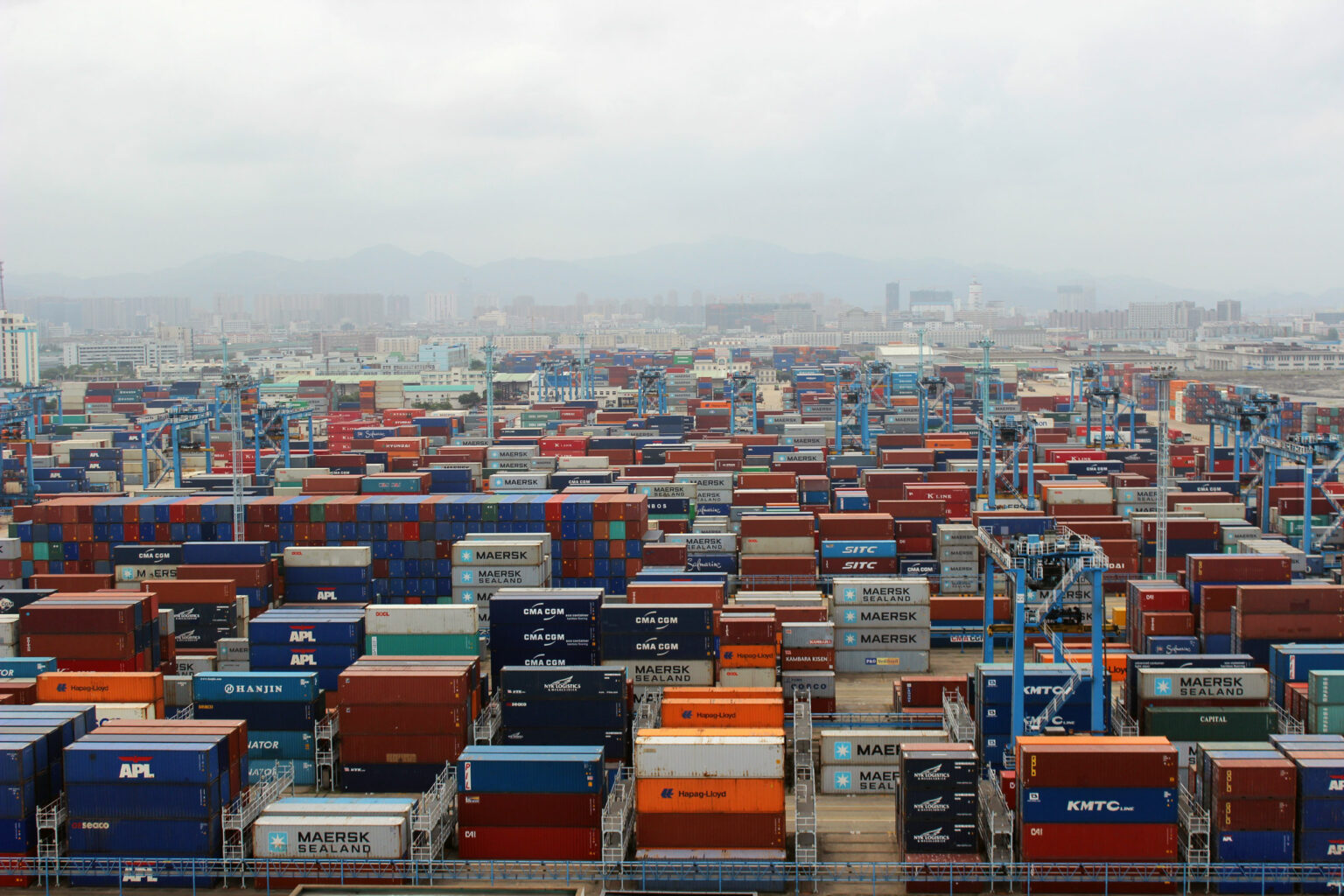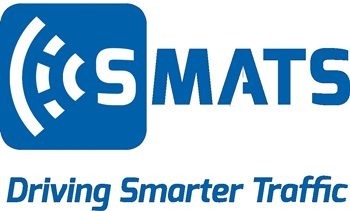Day to day life is no longer held back by limitation. Consumers can order almost anything and receive it the next day if they need it. However, removing limitation causes increased wants, and consumers are more demanding than ever as they compete for the newest goods. What happens when demand reaches such high levels that there is no infrastructure to support it?

Image Credit: SMATS Traffic Solutions Inc.
Looking at ports and railroads today, the fact that increased demand and shipping volumes are taking their toll on our economy is clear. From fees and embargoes to expansion projects, transportation managers are quickly having to develop and improve their infrastructure, and the revitalization of shipping operations to prepare for continuously rising consumer demands is already taking place.
Port of Montreal, Canada (citation)
The Port of Montreal is experiencing so many issues with increased loads that two new fees were introduced in early 2019. The first fee is a port congestion surcharge (PCS) for incoming shipments that add to queues. The second fee is a congestion fee destination (CFD) that is applied to all outgoing shipments. The port stated it had to introduce these fees as a counter measure to the increased congestion and delays that are now well above the anticipated norm.
Looking long-term, the port has also developed a new expansion project that is projected to be complete by 2024.
Port of Halifax, Canada (citation)
At the start of June, 2019, Canadian prime minister Justin Trudeau gave the Port of Halifax $47.5 million to attempt to increase capacity at the port and reduce container truck traffic in the urban core, with reductions expected to reach 75%.
The transport minister Garneau fully supported the expansion, saying that, “[Canada] could have the best products in the world, but if [ports] can’t get them to our customers quickly and reliably, [they] will lose business to other suppliers”.
The port will make use of an existing rail line to transport containers to and from the yard, reducing the total truck traffic and overall congestion.
Port of Los Angeles, USA (citation)
The Port of Los Angeles was continuing to struggle with delays, congestion, and shortages at the beginning of 2019. What caused this huge build-up of containers and problems can be traced to larger vessel capacity, increased amounts of imports and higher demand overall. Vessel turnaround times should ideally be a day, but LA is experiencing turnaround times that stretch for 3 to 4 days, clearly showing the effects of extreme backups.
Port of Shanghai, China (citation)
Congestion issues are not only affecting North America. China is also struggling with shipment demands, with the Port of Shanghai dealing with the largest amount of imports and exports per year than any other port worldwide.
In 2017, the port announced a TEU (twenty-foot equivalent unit) of 40.23 million, topping the closest port by 6.56 million TEUs. In 2018, the Chinese port announced a 4.5% increase in TEU from the previous year, totaling 42.01 million.
Port of Rijeka, Croatia (citation)
The Port of Rijeka in Croatia is making preparations to accommodate larger vessels with increased capacity of up to 20,000 TEUs. As a result, the total yard capacity will jump to around 600,000 TEUs. The increased space available will aid Rijeka in coping with the growing port demands and shipment loads.
The majority of the expansion is being covered by the EU, which clearly highlights the importance of these projects. In addition to this, development of IT systems at the port are essential because of the importance of relevant technological integration.
Port of Houston, USA (citation)
The Port of Houston, a major port in North America, has been struggling to recover since an oil tank caught fire in March. It is trying to rebuild trust and safety standards after the incident, and currently, there are once-a-week visitation limits on vessels that are carrying over 9,500+ TEU, and two-way traffic is also restricted. On top of this, the citizens of Houston are also trying to redistribute power from Port Authority to elected officials to decentralize decision making. Although talks about channel expansion to safely accommodate demand do happen, citizens remain unsure of the Port Authority’s management skills.
Canadian National/Canadian Pacific Railway (citation)
Shipments do not only rely on ships, and congestion is not limited to the waterways. The two major Canadian railways are coping with shipment congestion by prioritizing certain goods and placing embargoes on commodities such as peas and lentils.
Typically, embargoes are considered a last resort to temporarily ease traffic in congested periods, and in this case, the embargoes cause increased turmoil. The restricted goods are causing missed shipment times, broken contracts, and angry companies who are simply trying to do business.
Chicago Integrated Rail Operations Center (CIROC) (citation)
The city of Chicago is a major hub of railways that accommodate freight from six of North America’s largest rail companies. Investment into Chicago to improve these railways is critical, as both freight and passenger trains share a track system.
Passenger cars are prioritized, however, and cause delays with cargo that could be avoided with proper planning and infrastructure. Chicago’s current projects aim to achieve safer transportation and technological updates for rail efficiency. The goal is to accommodate an additional 50,000 freight trains traveling through Chicago by 2051, and disperse congestion.
The Future of Shipping
It is unlikely that the current shipment demands will ease. This is because economic growth depends on supporting continuous consumption. As a result, ports and rail yards need to be able to accommodate additional space for shipment capacity, and update current management tools to support increased efficiency.
Nothing is more damaging to a business’s operations than having to use inefficient and outdated tools while competitors adopt new and innovative methods. The technological era has arrived and to stay competitive, it is critical that new technology is consistently utilized to improve outdated systems.

This information has been sourced, reviewed and adapted from materials provided by SMATS Traffic Solutions Inc.
For more information on this source, please visit SMATS Traffic Solutions Inc.